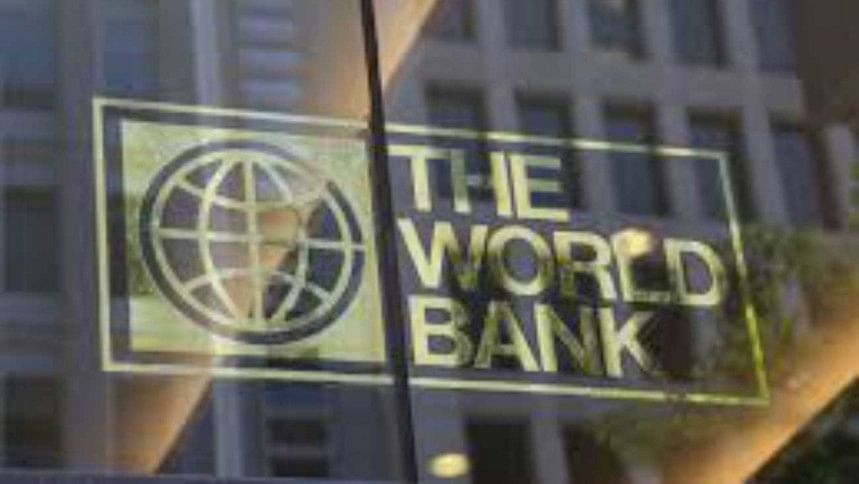World Bank raises Bangladesh's growth forecast to 6.4%

The World Bank has projected Bangladesh's economy to grow at 6.4 per cent in 2021-22 fiscal year, which is 1.3 percentage points up from the global lender's previous forecast.
Earlier in June, the WB predicted the country's gross domestic product (GDP) will grow at 5.1 per cent in the current fiscal year.
The global lender revealed the projection today in the update of its latest South Asia Economic Focus titled "Shifting Gears: Digitization and Services-Led Development".
"In Bangladesh, continued recovery in exports and consumption will help growth rates pick up to 6.4 per cent in the fiscal year 2021-22. However, the government has set a growth target of 7.2 per cent growth for the current fiscal year," it said.
The WB projected that the South Asian region to grow by 7.1 per cent in 2021 and 2022.
"While the year-on-year growth remains strong in the region, albeit from a very low base in 2020, the recovery has been uneven across countries and sectors. South Asia's average annual growth is forecast to be 3.4 per cent over 2020-23, which is 3 percentage points less than it was in the four years preceding the pandemic," it said.
The WB said that India's economy is expected to grow by 8.3 per cent in the fiscal year 2021-22, aided by an increase in public investment and incentives to boost manufacturing.
In the Maldives, GDP is projected to grow by 22.3 per cent in 2021, as tourism numbers recover.
"The pandemic has had profound impacts on South Asia's economy. Going forward, much will depend on the speed of vaccination, the possible emergence of new COVID variants, as well as any major slowdown in the momentum of global growth," said Hartwig Schafer, World Bank Vice President for the South Asia Region.
"While short-term recovery is important, policymakers should also seize the opportunity to address deep-rooted challenges and pursue a development path that is green, resilient and inclusive."
COVID-19 has left long-term scars on the region's economy, the impacts of which can last well into the recovery, according to the statement.
Many countries experienced lower investment flows, disruptions in supply chains, and setbacks to human capital accumulation, as well as substantial increases in debt levels. The pandemic is estimated to have caused 48 to 59 million people to become or remain poor in 2021 in South Asia, it said.
"Countries in South Asia have a strong comparative advantage in exporting services, particularly business processes and tourism, whereas they have struggled to break into manufacturing export markets," said Hans Timmer, World Bank Chief Economist for the South Asia Region.
"To realize the potential of the services-led development, the region needs to rethink regulations and establish new institutions to support innovation and competitiveness."

 For all latest news, follow The Daily Star's Google News channel.
For all latest news, follow The Daily Star's Google News channel. 







Comments